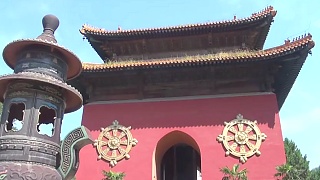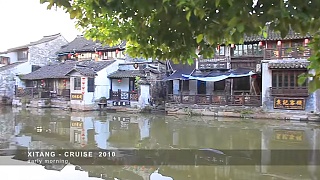
|
With Little Chinese Everywhere ...
The Hani rice terraces are a spectacular example of ancient agricultural engineering located in the Yuanyang County of Yunnan Province, China. These terraces are renowned for their beauty and cultural significance, as well as their sustainable farming practices that have been maintained for over a millennium.
Historical and Cultural Background
Origins and History
The Hani people, an ethnic minority in China, began constructing these terraces around 1,300 years ago. They transformed the steep slopes of the Ailao Mountains into a series of stepped terraces, making the land suitable for rice cultivation.
Cultural Significance
The terraces are not just a testament to agricultural ingenuity but also a reflection of the Hani culture and their harmonious relationship with nature. The Hani people believe in a symbiotic relationship with their environment, which is reflected in their farming practices, spiritual beliefs, and festivals.
Agricultural Practices
Irrigation System
A sophisticated irrigation system channels water from the forested mountaintops down through the terraces. This system ensures a stable water supply, critical for the cultivation of rice.
Sustainability
The Hani terraces are an example of sustainable farming, with practices that preserve soil fertility and biodiversity. Crop rotation and the use of natural fertilizers are integral parts of their agricultural methods.
Natural and Scenic Beauty
Visual Appeal
The terraces are most visually striking during the planting season when the fields are filled with water, reflecting the sky and creating a mirror-like effect. During different seasons, the terraces change colors, ranging from the vibrant green of growing rice to the golden hues of the harvest season.
Tourism
The terraces attract tourists from around the world, especially photographers and nature enthusiasts. Key viewing points include Duoyishu, Bada, and Laohuzui, each offering breathtaking views of the terraces at different times of the day.
UNESCO World Heritage Status
Recognition
In 2013, the Hani rice terraces were designated a UNESCO World Heritage Site. This recognition underscores their cultural and historical importance, as well as their unique agricultural landscape.
Conservation Efforts
Efforts are underway to preserve this heritage site, focusing on maintaining the traditional farming practices and protecting the environment from modern threats such as tourism pressure and climate change.
Conclusion
The Hani rice terraces are a remarkable blend of human ingenuity and natural beauty. They represent the Hani people's enduring relationship with their land, showcasing a sustainable agricultural system that has thrived for centuries. As both a cultural treasure and a stunning visual spectacle, the Hani rice terraces continue to captivate and inspire visitors from around the globe.
|
 Something different – great music – don’t miss it
Something different – great music – don’t miss it













